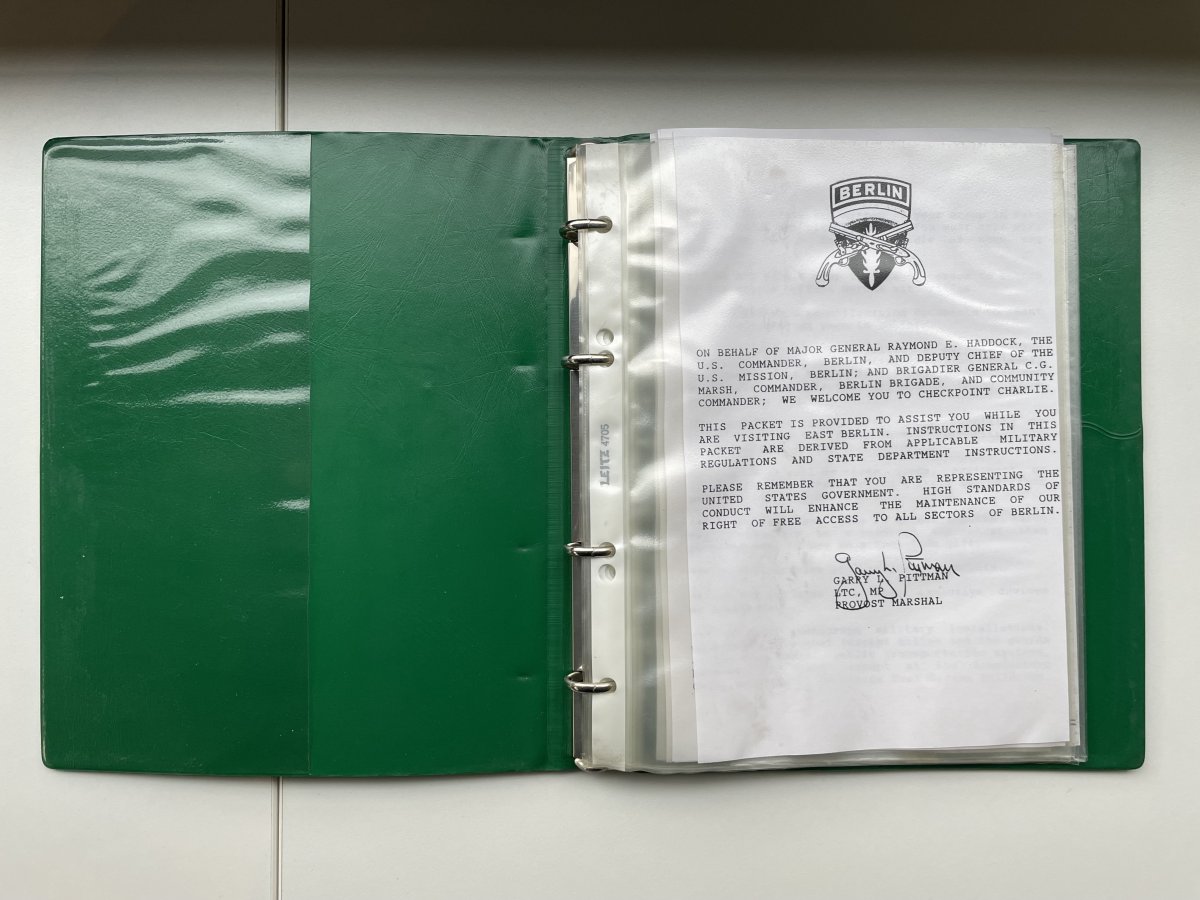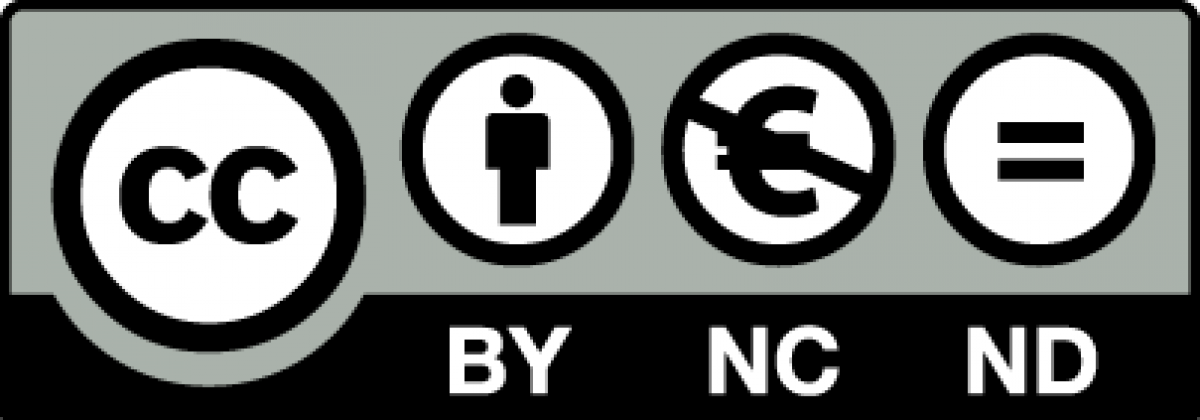“Please Remember that You are Representing the United States Government.“
Handbook of the US-Army for Soldiers upon Visiting East Berlin
Like many Western Allied soldiers in Berlin, U.S. soldiers visited the Soviet sector, benefiting from the cheaper prices there and catching a glimpse of life beyond the Wall. These private excursions were, at the same time, deeply political: the Western Allies thus showed their presence and underlined their right to access all sectors of the city. To avoid dangerous provocations, the Army provided its excursionists with their own manual.By Carolin Lange and Kalin Ohmann
Even the welcome letter on the front page of the "vehicle travel packets" urges the U.S. soldiers to behave in an exemplary manner in the eastern sector of Berlin and reminds them of the precarious state of the Four Power Agreement (source: Allied Museum)
Every U.S. soldier received such a folder when passing through Checkpoint Charlie into the eastern sector of Berlin. It contained, among other things, a map of the Soviet sector, emergency numbers and instructions on how to deal with the Volkspolizei ("People's Police"), the NVA ("National Peoples Army"), and Soviet military personnel. From these instructions, the complexities of the four-power status can be seen as the threat of American access to East Berlin had led to the tank standoff at Checkpoint Charlie in 1961 demonstrated. To underscore their right to free access to all sectors, which had been stipulated in the 1945 Potsdam Agreement, the Western Allies made regular appearances in East Berlin. In addition to private visits, they made regular patrols—so-called flag tours—through the Soviet sector. This allowed them to keep an eye on Soviet activities.
U.S. soldiers who came on their own time were to insist on their rights as Allies. This meant they were not required to identify themselves to the Volkspolizei or be searched, per the Four Power Agreement. Only Soviet officers were allowed to demand identification documents from them. For the U.S. soldiers to communicate these demands at all, the folders contained multilingual index cards to help communicate with Germans or Russians.
Regulations for simple purchases were also found in the folders. Many items were cheaper in East Berlin than in West Berlin. Basic food items, in particular, were subsidized by the GDR. Soldiers also benefited from a favorable dollar-to-East German mark exchange rate. With its regulations, the Army wanted to prevent its soldiers from "buying away" scarce products from the East Berliners. Food goods were, therefore, not allowed to be taken home at all, and limited items such as footwear, children's toys or alcohol were only allowed to be purchased individually. Presumably, the idea was to avoid the impression that the soldiers were benefiting financially from the division. In August 1989, for example, an East Berlin and a Soviet newspaper wrote that Western Allied soldiers were regularly enriching themselves in East Berlin with state-subsidized products. The U.S. Army did not want to be accused of such behavior.
The instructions and prohibitions in the folders testify to the conflicts that resulted from the division of Berlin and the four-power status. They determined not only the everyday life of Berliners but also that of the soldiers stationed in Berlin.
This text is published under the Creative Commons license "CC BY-NC-ND 4.0". You may share the text by mentioning the license CC BY-NC-ND 4.0 and the authors. Copyright information for the images can be found in the image captions.


